Frozen cassava is sold without its tough, exterior skin, making preparation a breeze. This starchy root, native to South America, Africa and Asia, is also known as yucca, tapioca or manioc. It has a creamy taste and can be prepared in much the same way as you would a potato. To make cooking easier, first boil the cassava to soften it before frying, baking or mashing it.
Boiling
Step 1
Fill a saucepan with water and set it on high heat. Sprinkle a little salt to taste and bring the water to a rolling boil.
Step 2
Add the frozen cassava. Cook for around 20 minutes or until the cassava turns soft but not mushy.
Step 3
Turn off the heat and discard the water. Place the cooked cassava in a colander or on paper towels to drain excess water. Examine the center for woody strands of fiber and discard.
Frying
Step 1
Cut the boiled cassava into thick or thin wedges or long strips.
Step 2
Coat the skillet with vegetable oil. Heat for 3 minutes on medium heat or until the oil starts smoking.
Step 3
Add the cassava. Fry for around 7 minutes or until it turns golden brown. Flip the cassava wedges over at regular intervals with a spatula to prevent them from burning.
Step 4
Turn off the heat source. Serve the fried cassava on its own or with seasonings such as salt and pepper.
Baking
Step 1
Cut the boiled cassava into long strips or chunks. Set aside on a plate.
Step 2
Spread the cut cassava evenly in a single layer on a baking sheet. Drizzle a little vegetable oil over it. Add seasonings, like a pinch of salt, pepper or cayenne powder.
Step 3
Put the baking sheet in the oven. Bake the cassava at 425 degrees Fahrenheit for approximately 20 minutes, or until the cassava slices have lightly browned.
Related Articles

How to Cook Manioc Root
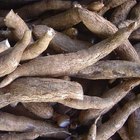
How to Cook Yucca Root
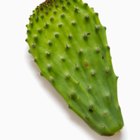
How to Cook Cactus Leaves
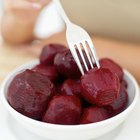
How to Boil Beetroot
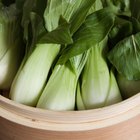
How to Steam Cook Cabbage
How to Grill Chayote Squash

How to Cook Kale Raab

How to Cook Red Aztec Spinach
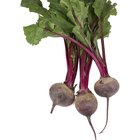
How to Freeze Fresh Beets

How Fast Does Cooked Spaghetti Squash ...
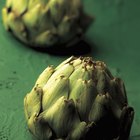
How to Parboil Artichokes
How to Cook Cut Moringa Drumsticks

How to Freeze Ramps & Wild Leeks
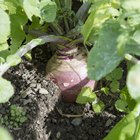
How to Cook Rutabaga in the Microwave

How to Cook Fresh Turnip Greens

How Long Does It Take for Asparagus to ...
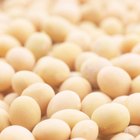
How to Cook Raw Chickpeas or Garbanzo ...

How to Cook Penne Rigate Noodles in the ...

How to Bake a Potato in 30 Minutes
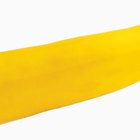
What Is Yellow Zucchini?
References
Resources
Tips
- Make a cassava mash by first cutting the boiled cassava into chunks. Toss the cassava into a saucepan along with milk, butter and salt. Mash with a potato masher or blender until you get a creamy texture. Sprinkle a little pepper and grated cheese over it before serving.
- Test boiled cassava for doneness by piercing it with a fork. If the fork passes through easily, your cassava is cooked.